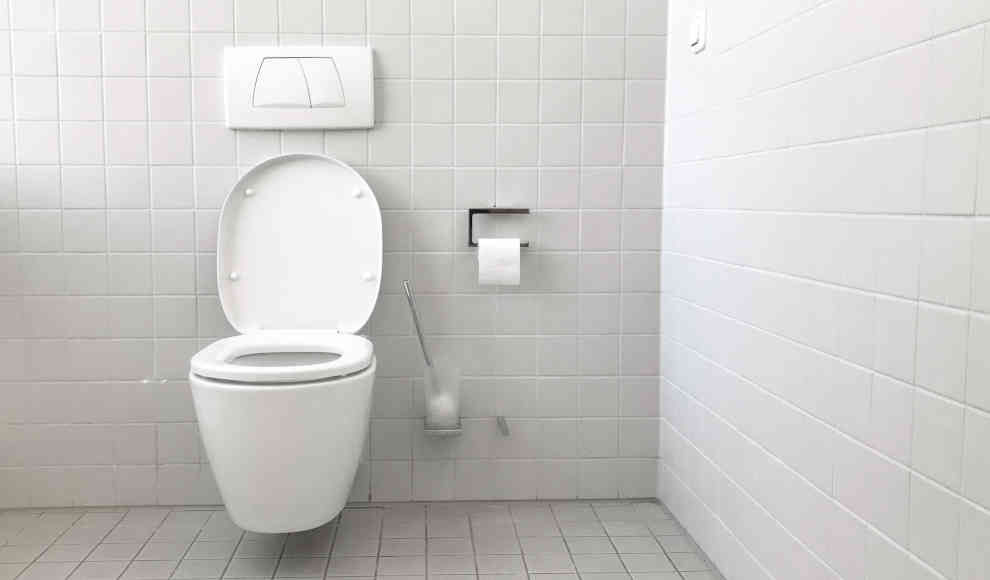Every day, approximately 141 billion liters of drinking water are wasted on flushing toilets. However, a new nanocoating for toilets could make them practically self-cleaning and save a significant amount of water. The coating can be applied easily with a spray, even by non-experts. Researchers at Pennsylvania State University have developed this concept to reduce the amount of water used for toilet flushing. The nanocoating is a biologically inspired, dirt- and bacteria-repellent coating that makes a toilet self-cleaning. The coating could significantly reduce water consumption for toilet flushing, according to a study published in the journal Nature Sustainability.
Many regions of the world have long suffered from water scarcity, and the situation is getting worse due to climate change and more frequent heatwaves, according to a study by the German Federal Environment Agency. In Germany, groundwater levels are decreasing, and the supply of drinking water is becoming scarcer. This water shortage not only threatens the direct supply of households and industry but also makes the world’s food supply more uncertain. Despite these problems, approximately 141 billion liters of water are used daily for toilet flushing alone. The main culprit is human feces, which often leaves residues in the toilet and cannot be removed in one flush.
The nanocoating is applied in two layers with a spray on the ceramic surface of the toilet. The first layer consists of a nanostructure of polymers that, when dried, forms molecules that look like hairs and have a diameter about one million times thinner than a human hair. The scientists were inspired by plants, where a similar structure triggers the lotus effect. The second spray then applies a thin layer of lubricant to the microscopic hair structures, enhancing the extremely smooth structure formed by the first layer. The nanocoating is easy to apply and can be done by non-experts in about five minutes at home. Once applied, the coating can withstand about 500 flushes before the slip layer needs to be reapplied. In addition to easier cleaning and water savings, the surface coating also prevents bacteria from settling in the toilet, preventing unpleasant odors and the transmission of diseases. The coating could also improve hygiene in developing countries, where non-flush toilets are often used. The researchers have founded a company to bring the nanocoating to market, with the goal of benefiting everyone.










